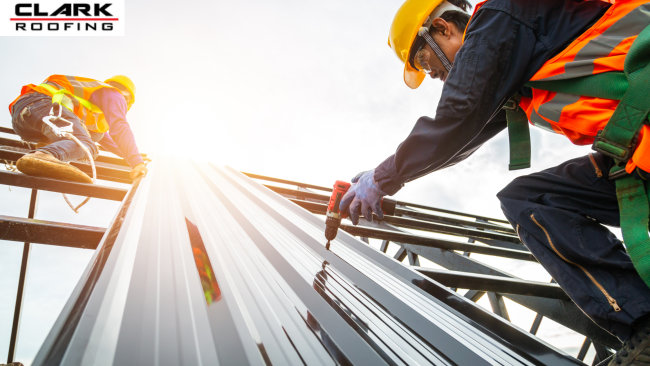How are Steel Building Contractors Innovating with Technology?

We’ve come a long way since the first architectural buildings were constructed. With current research and technology, our constructions have undergone amazing transformations over time. These advancements have allowed our steel building contractors to integrate the latest technical wonders into architectural designs, producing futuristic structures that complement and appeal to modern advancements.
Steel remains a primary raw material used in these technological breakthroughs, essential for modern equipment, machines, robotics, and more. Here, we’ll discuss some fascinating and valuable technologies used in contemporary buildings.
Utilizing Digital Technology in Steel Building Design
The digital revolution has significantly impacted the construction industry, and steel building design is no exception. Thanks to technologies like Virtual Reality (VR), Artificial Intelligence (AI), and Building Information Modeling (BIM), the design and construction processes are becoming more efficient. BIM, in particular, allows stakeholders to view projects virtually, improving decision-making and reducing construction errors.
Modular Constructions
Modern construction must satisfy the needs of its audience, accommodating fast-paced lifestyles. People now expect short turnaround times, easy-to-move building components, and minimal on-site involvement. Steel and cement sectors have recognized this need, producing modular building materials that are ready-to-assemble and transport to the construction site.
For example, steel components are cut, welded, and shaped off-site before being delivered for assembly. This approach is less labor-intensive for on-site staff, saves time, reduces neighborhood disruption, and is environmentally friendly due to less waste produced during manufacturing.
Virtual Reality in Pre-Construction
Large-scale infrastructure projects require significant investments in time and money. Traditional methods involved developing models and modifying them based on feedback, a process now being replaced by Virtual Reality (VR). VR solutions are more realistic and allow for conceptualization, revisions, and testing designs before construction begins.
Self-Healing Concrete
Concrete, along with steel, is a crucial raw material in building. The latest innovation in this field is self-healing concrete, which mends itself under extreme pressure, loads, and mechanical stress. This prevents cracks and fractures that could compromise structural integrity. Microcapsules and bacteria in the concrete mixture ensure that cracks are sealed as they appear, extending the lifespan of these structures.
Construction Robots
Automation is becoming a regular sight in many industries, and construction is no exception. Partially or fully automated robots are now entering construction sites to minimize accidents, saving time and effort for the building crew. Construction robots, including self-driving vehicles, have advanced automation to a new level, ensuring accuracy at every stage.
Drones
Drone technology is one of the most innovative advancements in construction. Drones are increasingly used in operational areas worldwide. They can scan work areas for equipment malfunctions, conduct topological mapping surveys, and identify security hazards, improving overall safety and efficiency.
Smart Infrastructure
Technologically enabled systems and devices, both on and off-site, make up smart infrastructure. These include structural monitoring systems with sensors that survey stability and predict structural issues, supporting and evaluating the integrity of building areas, especially in dangerous situations.
BIM Software
Building Information Modeling (BIM) software is an application of augmented reality (AR) and the Internet of Things (IoT) that produces tools for workflow planning and intelligent management. Steel building contractors can create additional workflows and 3D models of their projects with BIM technology, improving efficiency and production. BIM is now widely used in many countries’ building regulations.
Eco-Friendly Technology
Sustainable construction is a top priority for most home builders today. Using eco-friendly materials and preserving natural resources are essential components of sustainable building. Resource-conserving technologies include advanced water collecting and plumbing systems, dual plumbing, greywater reuse systems, and energy-efficient insulation.
Final Takeaway
Modern advancements are transforming the construction sector, pushing manufacturing organizations to keep up with the latest technological developments to produce intricate, futuristic buildings. Clark Roofing embraces these technological wonders, integrating cutting-edge equipment and technology into its production facility.
We are about to witness groundbreaking developments in steel building design. Our steel building contractors utilize advanced technology like drones, BIM software, infrared cameras, and other innovations for exterior wall testing, leak detection, and correction.
Architects, engineers, stakeholders, and steel building contractors must stay abreast of these new trends to fully exploit them. As these trends develop, one thing is certain: steel will remain a vital component of contemporary architecture, influencing communities and skylines worldwide for years to come.

































